 © IDF (Europe) 1999
© IDF (Europe) 1999 © IDF (Europe) 1999
© IDF (Europe) 1999Ensure provision of the following :
| Include additionally, at Annual Review, surveillance of the following: | ||
| Symptoms | ischaemic heart disease, peripheral vascular disease | |
| neuropathy, erectile dysfunction | ||
| Feet | footwear, deformity / joint rigidity, poor skin condition, ischaemia, | |
| ulceration, absent pulses, sensory impairment ( Foot problems ) | ||
| Eyes | visual acuity and retinal review ( Eye damage ) | |
| Kidney damage | albumin excretion and serum creatinine ( Kidney damage ) | |
| Arterial risk | blood glucose, blood pressure, blood lipids, and smoking ( Smoking ) | |
| Attendance | podiatry / ophthalmology / other, as indicated | |
See Clinical Monitoring protocol below
| Review topics | Initial review | Regular | Annual |
| / referral | review | Review | |
| Background history | |||
| Social history / life-style review | |||
| Long-term / recent diabetes history | |||
| Complications history / symptoms | |||
| Other medical history / systems | |||
| Family history diabetes / arterial disease | |||
| Drug history / current drugs | |||
| Current skills / well-being | |||
| Diabetes self-management | |||
| Self-monitoring skills / results | |||
| Vascular risk factors | |||
| HbA1c ( glycated haemoglobin ) | |||
| Lipid profile | |||
| Blood pressure | |||
| Smoking | |||
| *Urine albumin excretion | |||
| Examination / complications | |||
| General examination | |||
| Weight / body mass index | |||
| Foot examination | |||
| Eye / vision examination | |||
| Urine protein | |||
| Serum creatinine | |||
| *, not required if proteinuria | |||
| Aggregate | : | the data gathered at Annual Review onto a database |
| Choose | : | indicators ( see below ) to reflect outcome as well as process of care |
| Analyse | : | data in line with published recommendations |
| Compare | : | performance with pre-determined standards or other providers of diabetes care |
| Review | : | performance at regular meetings of your diabetes team |
| : | performance of education programmes | |
| Act | : | to design and implement action plans for improvement |
| Measure : | Calculate : | |
| Intermediate outcomes | ||
| HbA1c | Percent with HbA1c >7.5 and >6.5 % | |
| Albumin excretion | Percent with abnormal albumin excretion | |
| Eye damage | Percent with retinal damage | |
| True | outcomes | |
| Amputation above ankle | Incidence | |
| Myocardial infarction | Incidence | |
| Stroke | Incidence | |
| Foot ulceration | Incidence | |
| Risk factor control | ||
| Hypertension | Percent with blood pressure >=140/85 mmHg | |
| Smoking | Percent people still smoking | |
| Process of care | ||
| Eyes screened | Percent people examined in year | |
| Education performed | Percent people seeing nurse educator in year | |
| Feet examined | Percent people examined in year | |
| These are examples; many other indicators are possible | ||